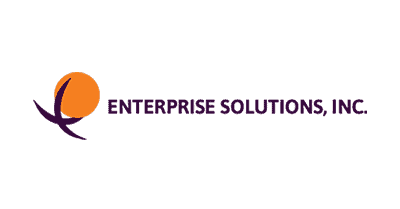Join 2,500+ leading organizations innovating with Ceipal


















Why Choose Ceipal?


One complete solution
Whether you are in IT, general, or healthcare staffing, Ceipal provides everything you need in one comprehensive platform so that you can quickly find, hire, and place the best talent.

Automation, with a human touch
Ceipal AI streamlines processes so staffing professionals can dedicate more time to understanding candidate and client needs on a personal level.

Best-in-class usability
Ceipal created powerful software with intuitive design and dedicated support so organizations always have what they need to hire great talent.
Smart Platforms With Essential Hiring Technology

Recruit better, faster, and smarter with the hiring and talent management technologies healthcare organizations and facilities need in one seamless, user-friendly platform.

Ceipal’s comprehensive suite of solutions combines the precision and efficiency of AI with the creativity and emotional intelligence of human recruiters.
Stay in the Know
Meaningful AI To Enhance Your Recruiting

AI powered, human driven
Ceipal’s AI technology assists and elevates human talent by automating the mundane, enabling recruiters to make meaningful human connections and better placements.
Streamlined workflow
Ceipal's Recruiter Agent automates and accelerates, mirroring real recruiting workflows to simplify your tasks and help drive efficiency at every stage of the talent lifecycle.
Optimized supplier management
AI seamlessly integrates with Procurewise VMS to optimize management of your extended workforce ecosystem.
People First. Real Results.
Clients across IT, general, and healthcare industries
Recruiters and hiring managers on the platform
Reviews from happy customers across product evaluation portals
Customer satisfaction rating









